U.S. Military .30-06s
A Half-Century of Experience
feature By: Mike Venturino Photos by Yvonne Venturino | September, 20
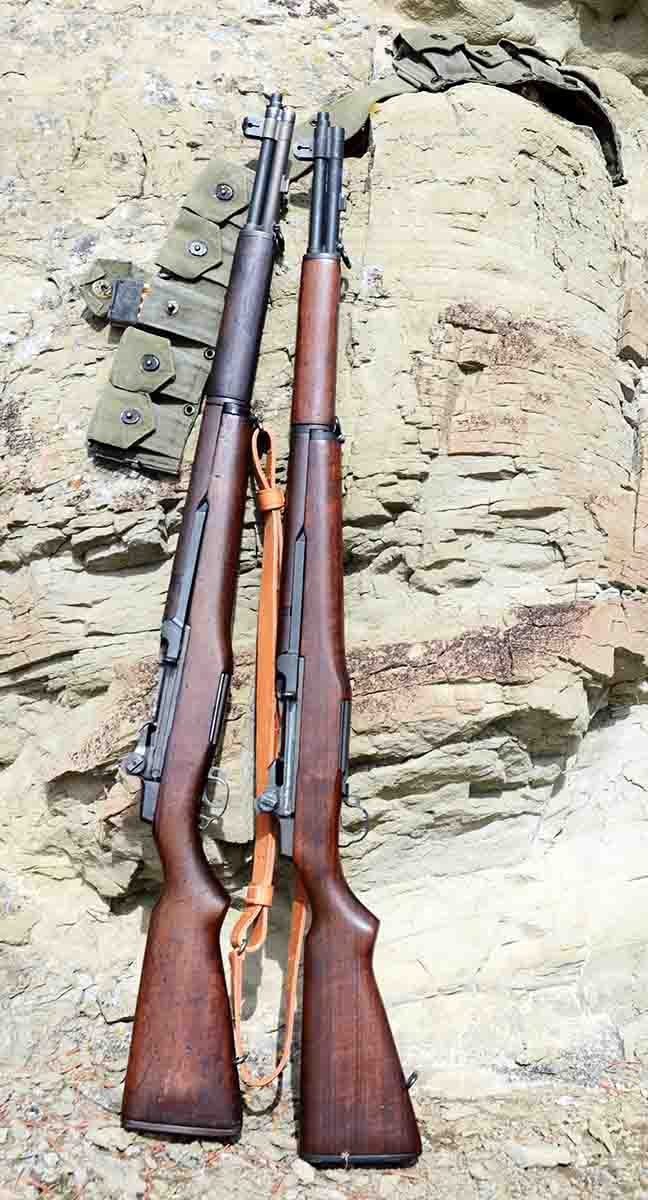
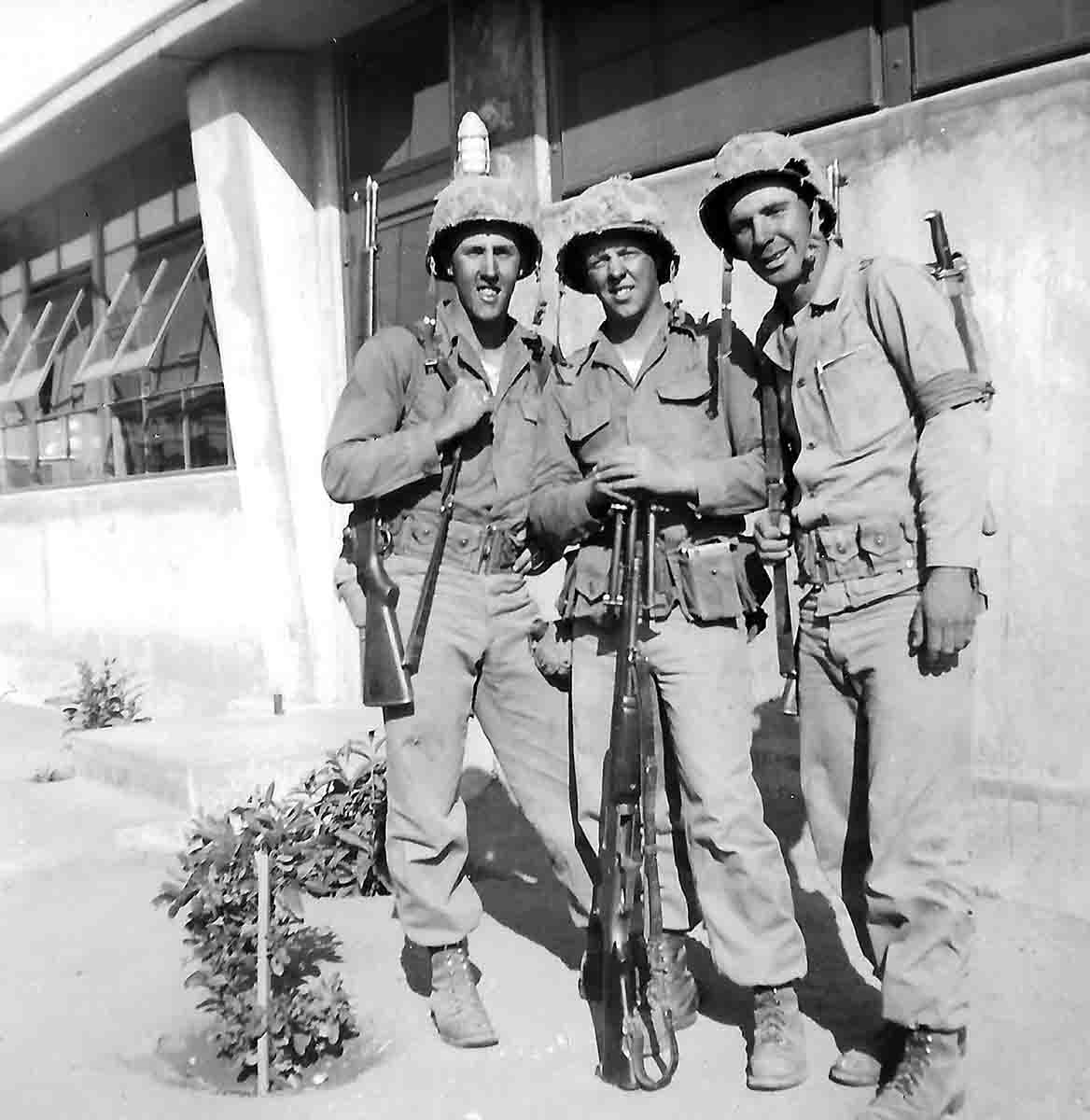
For more than 50 years, the .30-06 served as the primary small arms round of the U.S. Armed Forces in two world wars, the Korean War and numerous smaller conflicts. No fewer than five rifles chambered for the .30-06 were adopted by one or all of America’s service branches. These were several versions of ’03 Springfields, U.S. Model 1917s, M1 Garands, Model 1941 Johnsons and Model 1918A2 Browning Automatic Rifles (BAR). Besides rifles, serving alongside American troops were several types of .30-06 crew served machine guns. Most prominent among infantry troops were variations of water-cooled Browning Model 1917s and air-cooled Model 1919s. The U.S. Navy and Coast Guard even bought a number of .30-06 Lewis Machine Guns that are instantly recognizable by their top mounted rotary magazines. (The only U. S. Coast Guardsman to win the Medal of Honor in World War II was fighting with a .30-06 Lewis Gun.)
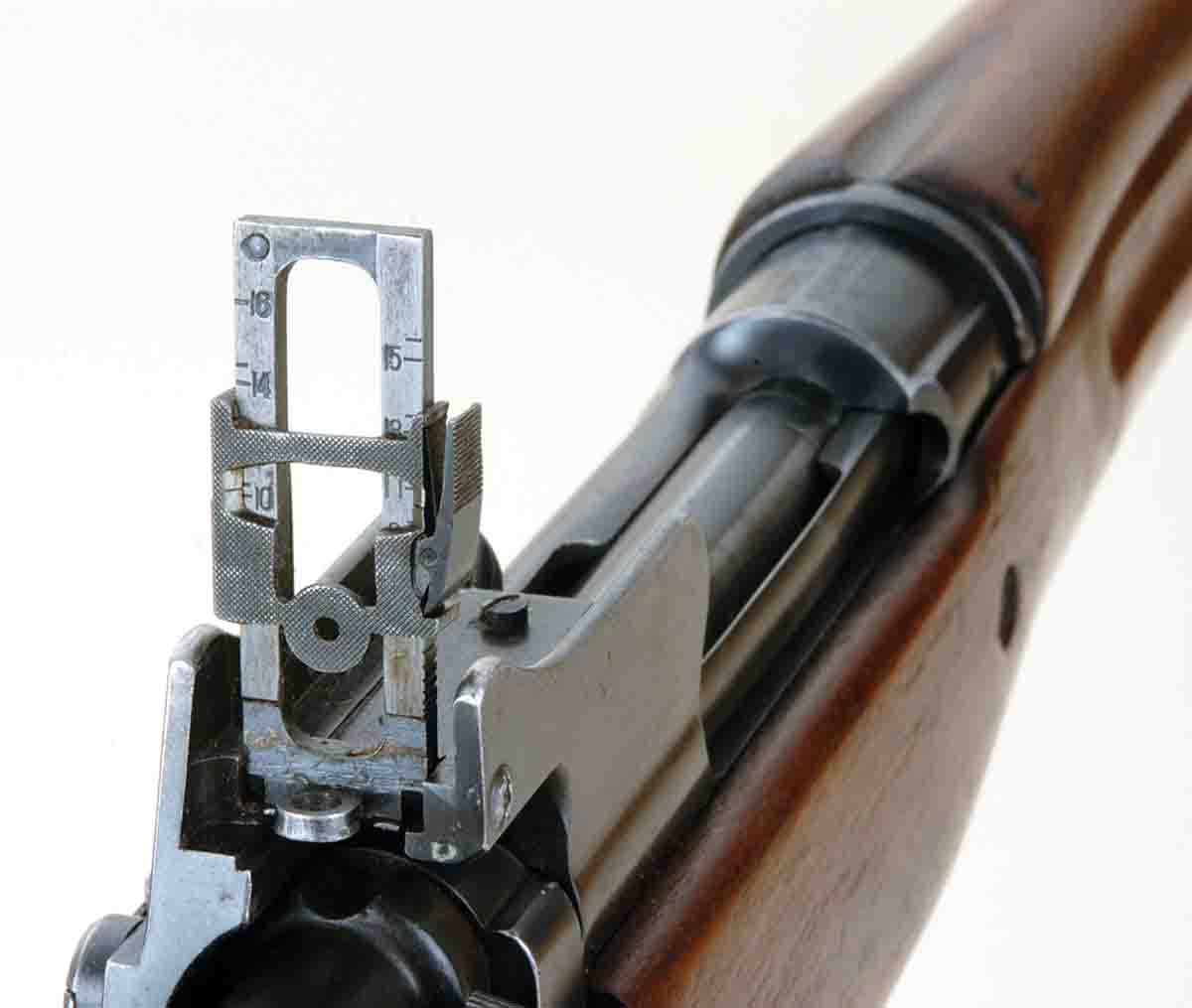
When introduced, the official name was “Ball Cartridge, Caliber .30, Model of 1906.” That lengthy title makes it obvious why .30-06 became its shortened, albeit unofficial, moniker. As introduced, military ammunition carried 150-grain flatbase FMJ spitzers. Velocity was 2,700 fps from the 24-inch barrels of Springfield Model 1903 rifles. During the interwar years, the standard load was changed to a 174-grain FMJ boat-tail bullet at 2,640 fps. This was the M1 Ball and was developed to increase the cartridge’s range when used in unaimed machine gun barrages. (Exact velocities given for .30-06 military loads differ by source.)
In the last few decades I’ve been fortunate in being able to shoot virtually all U.S. military .30-06s, even a Lewis Gun. Such experiences have ranged from a cursory few hundred rounds through friends’ full-autos to thousands of rounds from my own array of ’03 Springfields, Model 1917s and M1 Garands.
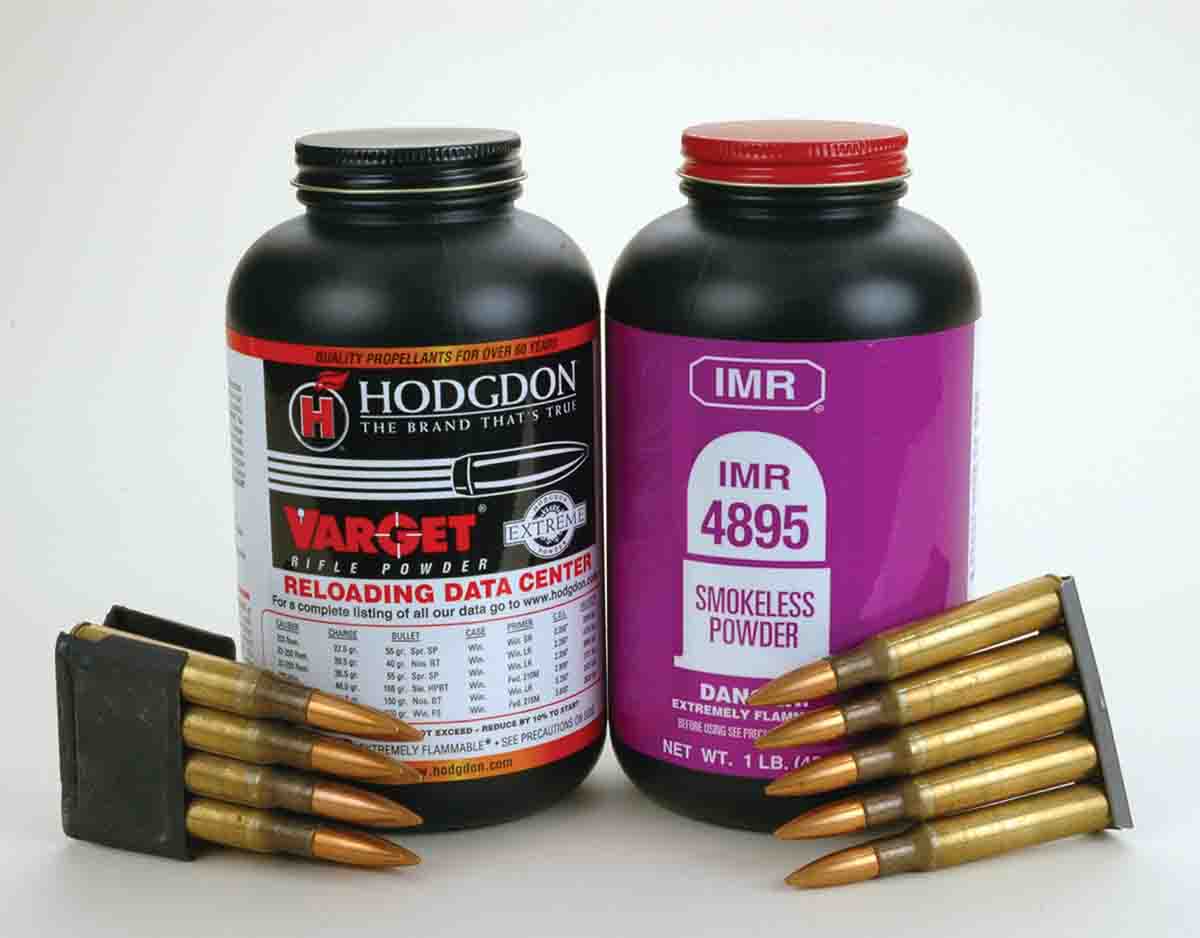
Without doubt, the U.S. Model 1903 Springfield is one of the most revered American Mauser-style battle rifles: i.e. turn-bolt action with a five-round magazine internally contained in the wood stock. Model 1903s were known not only for their superb accuracy, but also for excellent manufacturing quality. Prior to and during World War I, Model 1903s were produced by the government owned Springfield Armory and Rock Island Arsenals. Starting in 1941, Remington Arms Company made more Model 1903s, and later, Model 1903A3s and Model 1903A4s (scoped sniper version). The typewriter manufacturer Smith-Corona also made Model 1903A3s.
Although early Model 1903s have often been compared favorably to commercial sporting rifles of the same time frame, later Model 1903A3s from the war emergency of 1941-1945 do not share that manufacturing reputation. Such an attitude was primarily based on the many stamped steel parts of ’03A3s compared to milled steel versions. Regardless, my opinion is that ’03A3s sometimes make better shooters than ’03s. Such a personal judgment derives from their sights, which will be covered shortly. All versions of ’03/03A3s had 24-inch barrels with 1:10 rifling twist rates and barrel dimensions of .300 inch (bore) and .308-inch grooves. Overall length was 43.5 inches. Samples from my collection with slings actually weigh 9.25 pounds for both ’03s and ’03A3s.
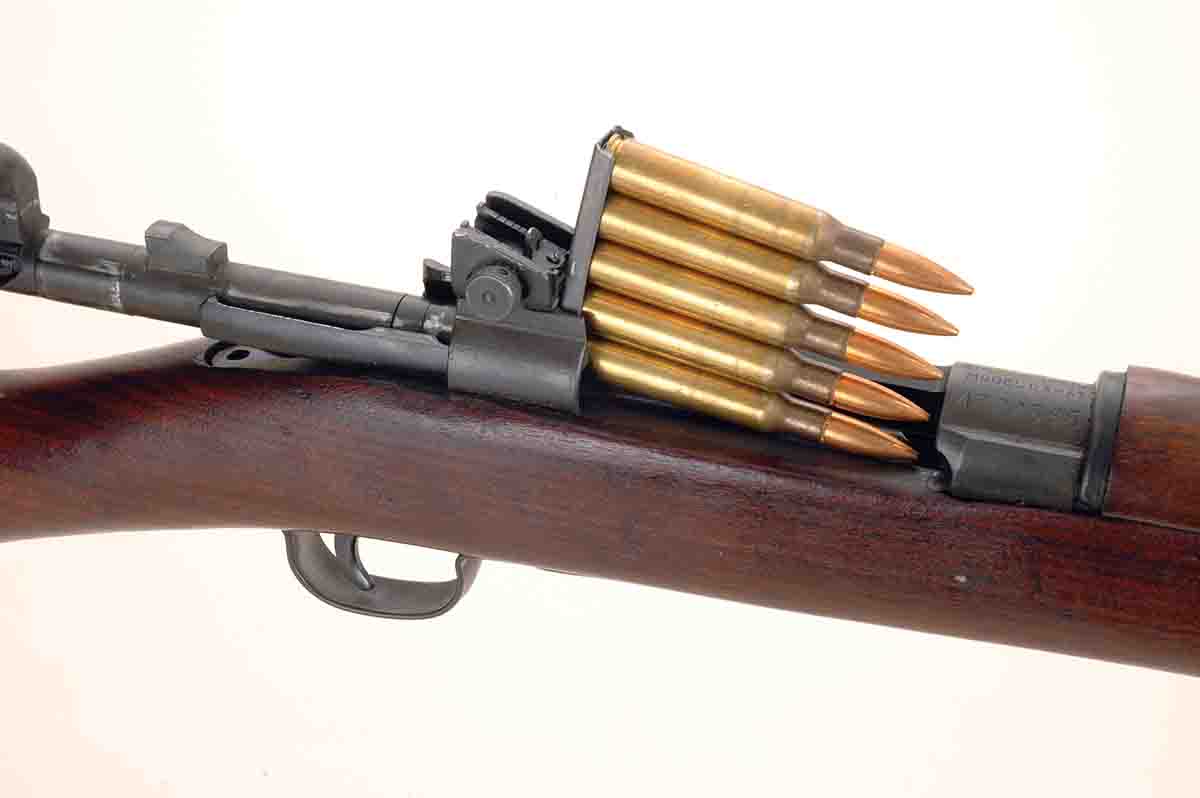
Unique among bolt-action battle rifles, the Model 1903 Springfield had an intricate Model 1905 rear sight. It was an open ladder type, graduated to 2,000 yards when lifted. Raised past 300 yards, a small aperture became usable. When the ladder is down, ’03s were zeroed for 547 yards. Furthermore, the rear sight was minutely adjustable for windage. As front sights, ’03s had simple blades unprotected by “wings.” Most military rifle designers of that period considered the wings necessary to guard front sights during bayonet duels. The reason I personally prefer Model 1903A3s is that their rear sight is a peep type. It’s held by a spring on a slanted and notched bar with markings running from 300 to 800 yards. Model 1903A3 windage adjustments are rather crude, 4-MOA clicks.
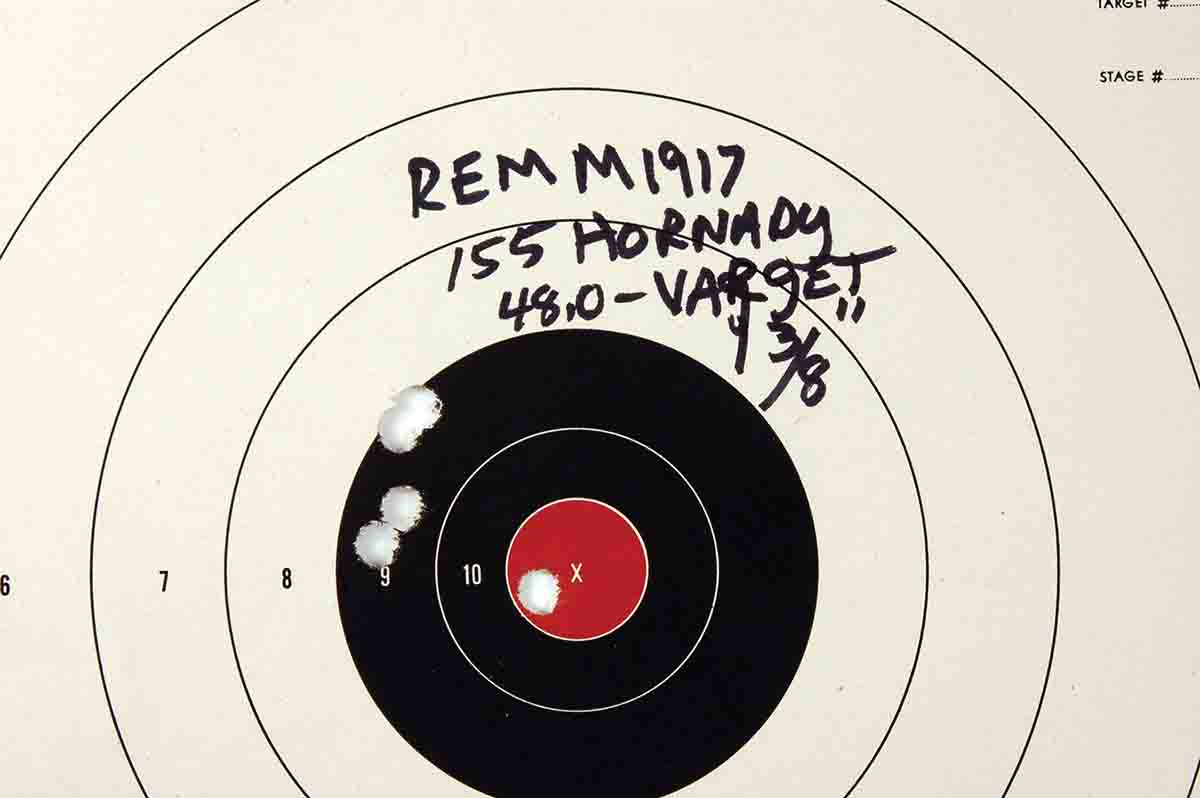
When America joined World War I, the U.S. Army was drastically short of Model 1903 rifles. Some thought was given to having rifle makers such as Winchester and Remington tool up for Model 1903s. A much better idea was to have them slightly alter the British designed Pattern 1914 .303 to accept the .30-06. The two companies, plus Eddystone, had been making P14s since 1915. Minor alterations to the basic Enfield design would allow more rifles to arrive in troops’ hands quickly. And so it went. In only a little over two years, the three factories produced more than 2.2 million U.S. Model 1917s.
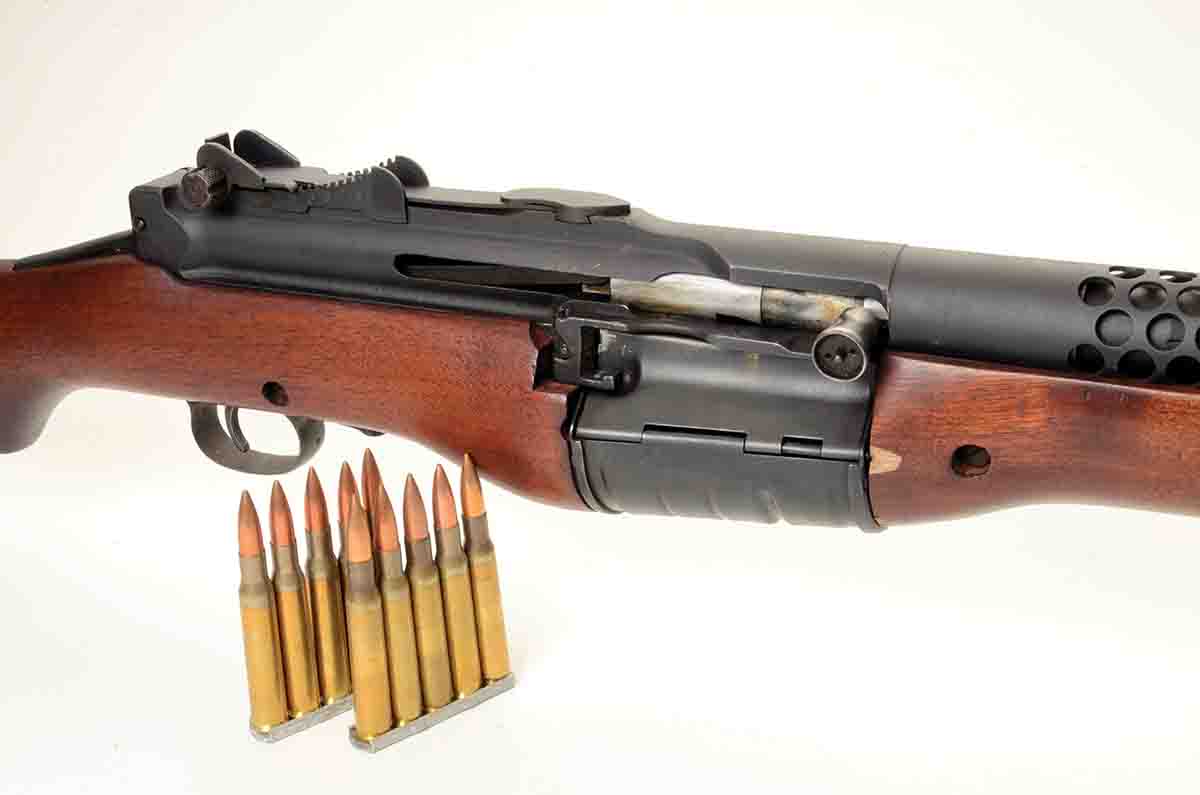
At a glance, it is almost impossible to discern the U.S. Model 1917 version from the British Pattern 1914. Basically, the British also borrowed Mauser’s ideas of a turn-bolt action with an integral magazine inside the wood stock. Interestingly, converting from P14 .303 British to .30-06 increased magazine capacity from five rounds to six. Barrel lengths for both versions were 26 inches – actual weight of the Remington ’17 in my collection is 10.25 pounds with sling, and it is 46.25 inches long. Model 1917 sights varied greatly from ’03 Springfields. The front was a blade protected by the aforementioned wings and a two aperture rear. When down, there was an aperture for battle zero of presumably of 100 yards. When raised, another aperture came into play, which could be elevated to 1,800 yards.
Post World War I, some military officials thought the U.S. Army should adopt Model 1917s as standard because more were on hand. Others felt Model 1903 Springfields should remain standard, with the second group winning the debate. Model 1917s were stored; but before and during World War II, thousands were issued to troops of the Philippines, China and Great Britain, aside from the thousands also issued to rear area American soldiers guarding military and manufacturing installations and POWs.
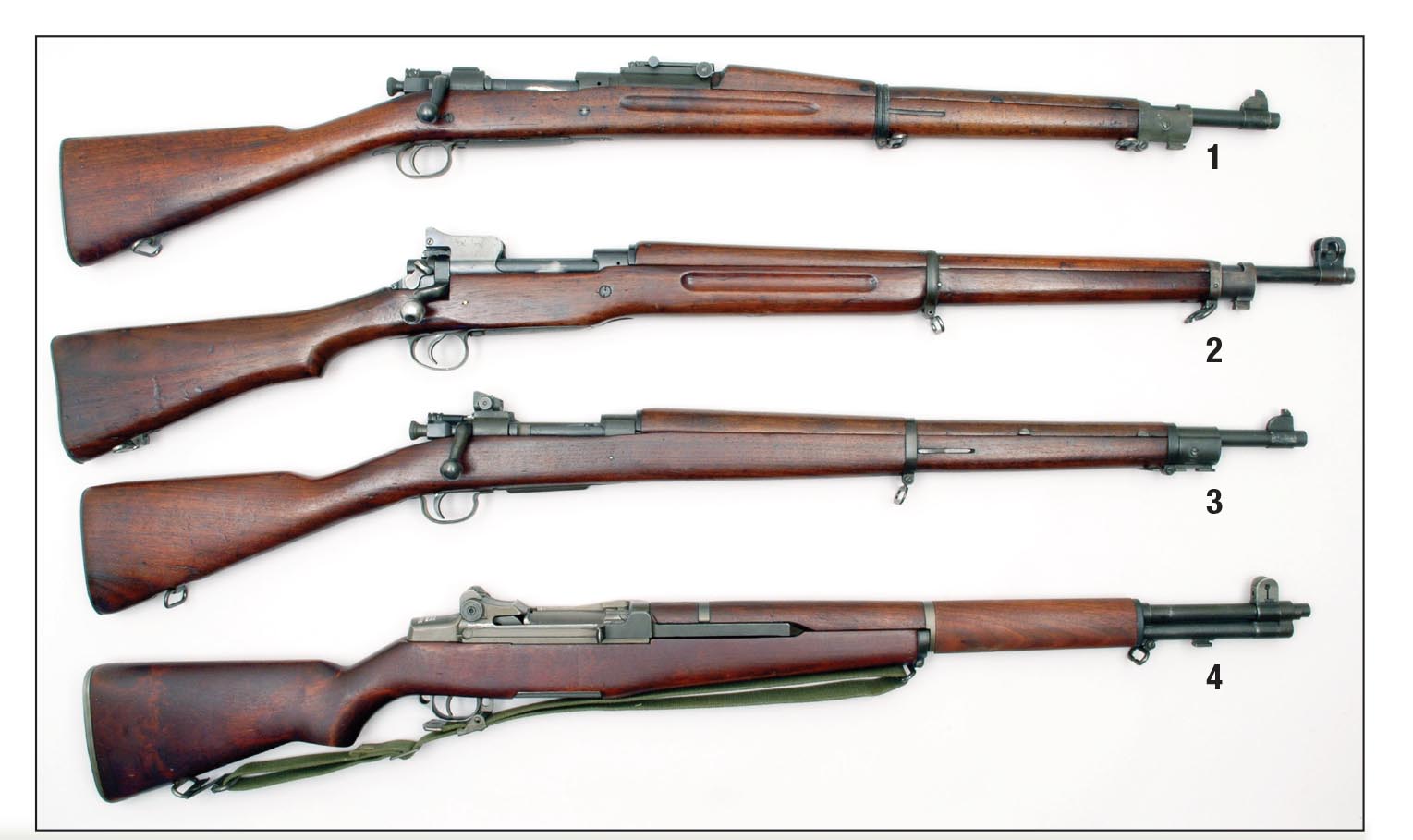
Model 1917 .30-06s never gained the accuracy reputation of Model 1903 Springfields, which is not the same thing as saying they were inaccurate. My ’17 shoots well with good handloads. I have read an unsubstantiated rumor that early ’17s got barrels with .303 British dimensions – .303 bores and .311-inch grooves instead of the American .30-06 specs of .300-inch bore and .308-inch grooves. This, if true, would account for poor accuracy reports. Here’s how I view the matter. Many times I’ve been asked what to look for when someone is searching for an accurate Springfield of any type. My reply has always been, “If the barrel bore is bright and shiny, buy it.” I wouldn’t say the same about Model 1917s, although my Remington has grouping potential equal to my Springfields.
As early as the mid-1920s, the U.S. Army decided its standard infantry rifle should be a semiauto. Therefore, Springfield Armory employee, Canadian born John C. Garand, set to work on the project. In the early 1930s, his design was ready to present to Army Chief of Staff, General Douglas McArthur, for approval. The new rifle didn’t get chosen, primarily because it was chambered for an experimental .276 cartridge. McArthur decreed that the new Garand should be .30-06 because the U.S. was still in possession of immense quantities of that ammunition, and also because all its machine guns and BARs were .30-06. In my opinion as an amateur World War II historian, it was one of that general’s few good decisions.
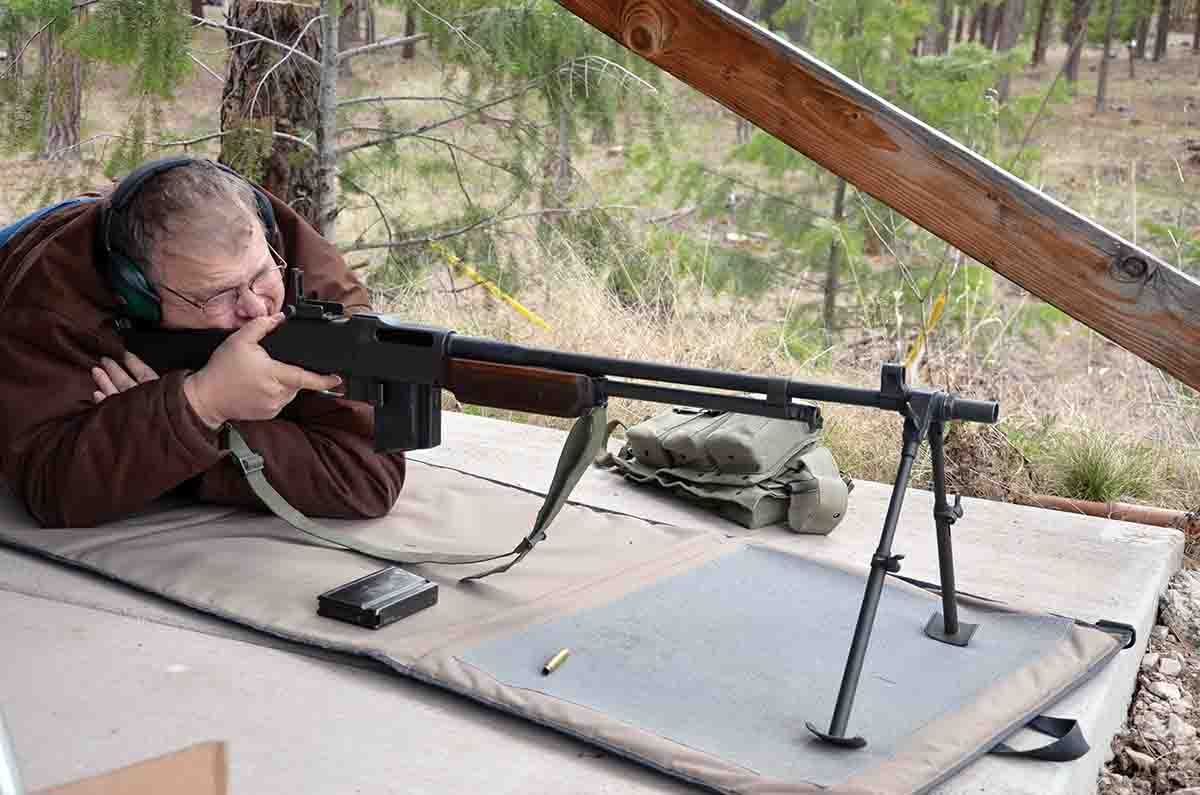
In 1936, Garand’s new .30-06 semiauto rifle was ready, and with little debate in testing was adopted as “U.S. RIFLE CAL .30 M1.” It was a bit heavier than Model 1903s with the same 24-inch barrel length. Both of mine weigh 10.25 pounds with a sling. Rifling twist and barrel internal dimensions remained the same as with ’03s. Loading was by an eight-round en bloc loader inserted into the magazine along with cartridges and was ejected when the eighth round was fired. (Early M1s had a gas-trap system attached at the muzzle for piston actuation. By 1940, that was changed to the gas port method, and already issued M1s were recalled for conversion.)
With the adoption of M1 Garands, it was felt that extensive use of the heavier 172-grain bullet could damage their operating rods. Therefore, standard issue .30-06 loads returned to 150-grain FMJ flatbase bullets at about 2,700 fps (“M2 BALL.”)
In some quarters, adoption of the new M1 Garand over the much-loved Model 1903 Springfield was resisted. In fact, the U.S. Marine Corp did not adopt it until 1941, and didn’t get M1s into combat in the South Pacific until 1943.
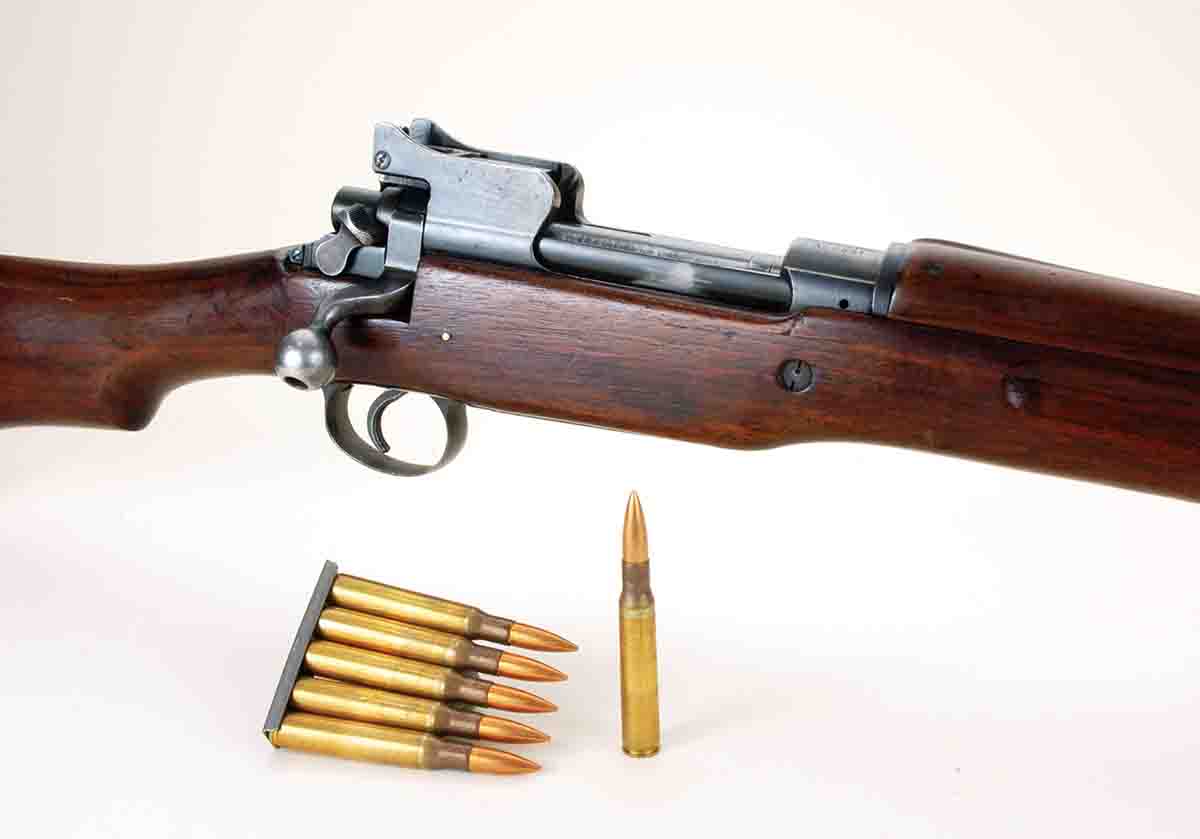
Garands made during World War II were only produced by Springfield Armory and Winchester Repeating Arms, to the tune of about 4 million. The former facility out-produced the latter by a factor of about seven-to-one. My collection has one from each manufacturer.
Primary reasoning for resistance to the new autoloader was that it was deemed less accurate, which upset military rifle teams greatly. In truth, off-the-shelf M1s were likely, on the whole, less accurate than ’03s, perhaps averaging about 2 to 3 MOA across the board compared to 1 to 2 MOA for ’03 Springfields. As it turned out for millions of American infantrymen, rifle precision, compared to rifle firepower, was a negligible matter. Garands were loved by the fighting men. There were a couple of other factors in the M1’s favor. The rear sight may be the best iron sight ever put on a military rifle. It is a peep-type, finely adjustable for both windage and elevation, coupled with a post front finally protected by wings. The M1’s safety also may have been the fastest ever used on an American military rifle. It’s a simple vertical bar in the trigger guard’s front. A soldier was expected to walk with his finger in the trigger guard. If trouble arose, he could instantly flick the safety forward with his finger and then back to the trigger for firing.
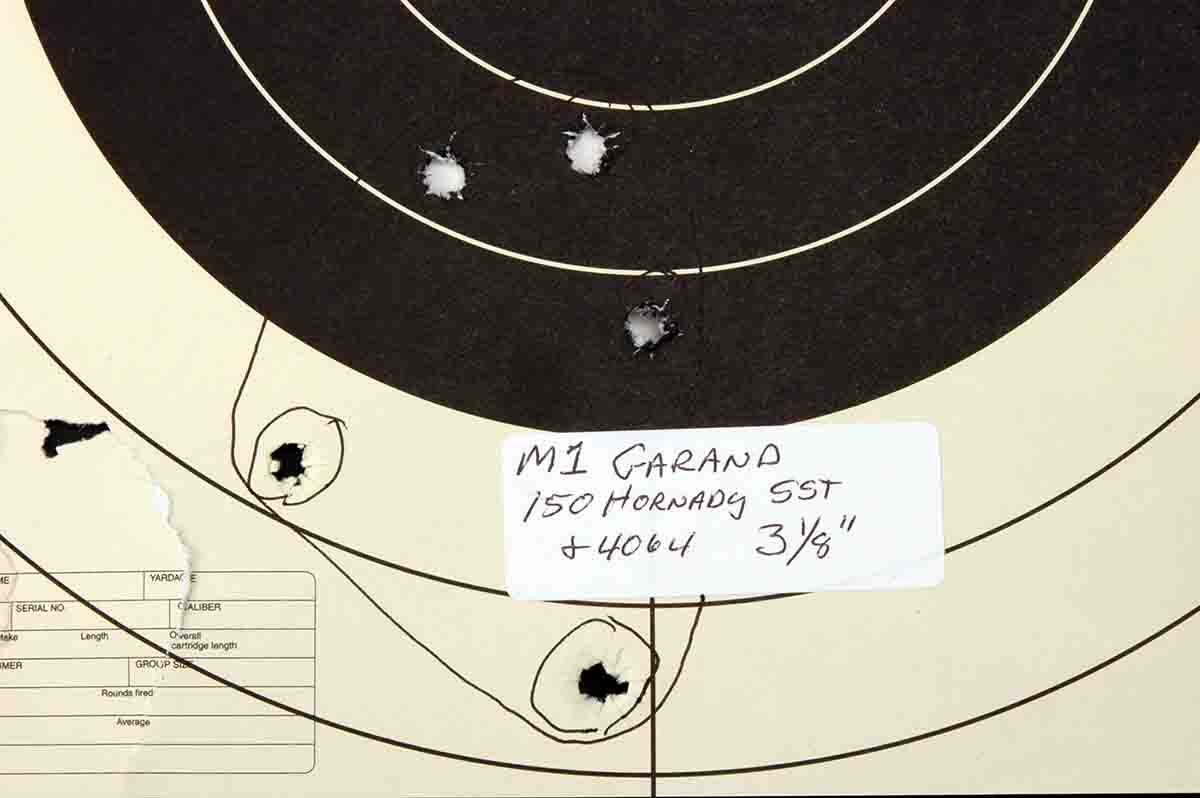
However, the M1 Garand was not without competition. A Marine Corps Reserve officer named Melvin M. Johnson had his own ideas as to what a military semiauto .30-06 should be. He named it the Model 1941, and side by side trials with Garands were performed by the U.S. Army. According to accounts, Johnsons performed well, but as the M1 Garand had been in production for several years, the army declined another rifle. However, the government of Holland placed an order for 70,000 .30-06 Model 1941s. Before many had been delivered, Holland, and its colonies in the South Pacific, had been conquered by Germany and Japan, respectively.
After U.S. entry into World War II, the U.S. Marine Corps required rifles for its newly-formed Para-marine battalions. Therefore, several thousand Model 1941 Johnsons that had been made for the Dutch were acquired. These saw combat throughout the Solomon Islands in 1942 and early 1943.
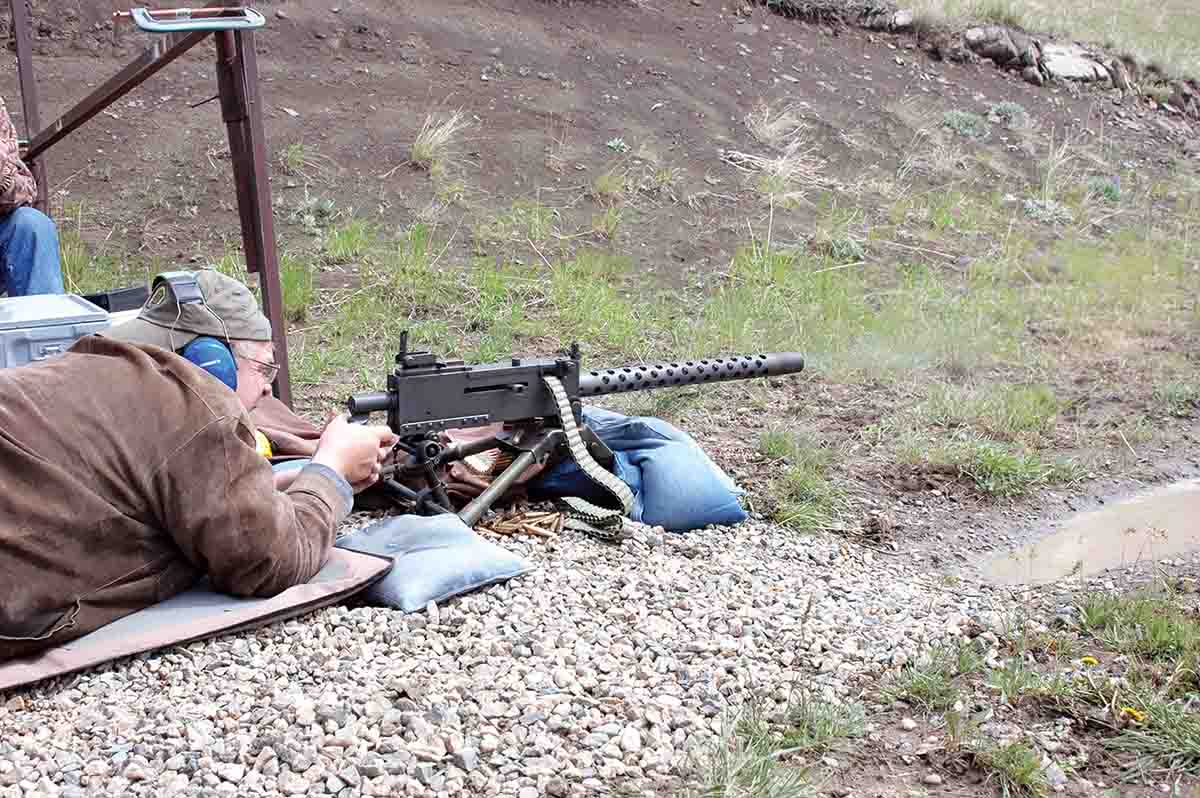
Model 1941 Johnson .30-06s are strange looking. They have been described as appearing “pregnant.” That appearance is due to the 10-round rotary magazine. Interestingly, Johnson rifles were loaded by two five-round stripper clips, the same as used in ’03 Springfields. Its magazine could also take rounds one at a time.
Johnson’s Model 1941 design relied on the barrel’s recoil to cycle its action. Anything that reduced recoil also affected the rifle’s functionality; hence traditional bayonets could not be used. Johnson did design a special bayonet, but it was made so lightweight, U.S. Marines referred to it as a “tent-peg.” Model 1941 Johnsons weighed 8.5 pounds with 22-inch barrels and were 45.5 inches in length. The rear sight was fully adjustable. I was able to borrow a friend’s Model 1941 Johnson rifle for a few months and gained some familiarity with it.
The fifth U.S. .30-06 rifle was the Browning Automatic Rifle (BAR). Early Model 1918 versions were capable of semiauto or full-auto fire. World War II Model 1918A2s could fire only full auto, but a selector switch enabled their rate of fire to be changed from 350 to 550 rounds per minute. Model 1918A2 BARs are 48 inches long with 24-inch barrels and weigh about 20 pounds with bipods. Magazines held 20 rounds. The shooter carried 12 magazines with another in the rifle. His two assistants carried another 12 each, along with their own M1 Garands and ammunition.
Military .30-06 rifles now are merely historical footnotes. In formal and informal competition, I’ve shot all but the Model 1941 Johnson and Model 1918A2 BAR. Model 1903s or Model 1903A3s are my favorites. A few years back, I told friend Kirk Stovall that some photos of game shot with military .30-06s were needed for my book SHOOTING WORLD WAR II SMALL ARMS (2014). He soon proved such rifles can still be useful in game fields by delivering pictures of him with a cow elk and his ’03A3. During its 50 years of service, millions of young Americans were exposed to one type or another of military .30-06s. No wonder it remains so popular in the twenty-first-century.
Note: SHOOTING WORLD WAR II SMALL ARMS is available at wolfeoutdoorsports.com.



.jpg)